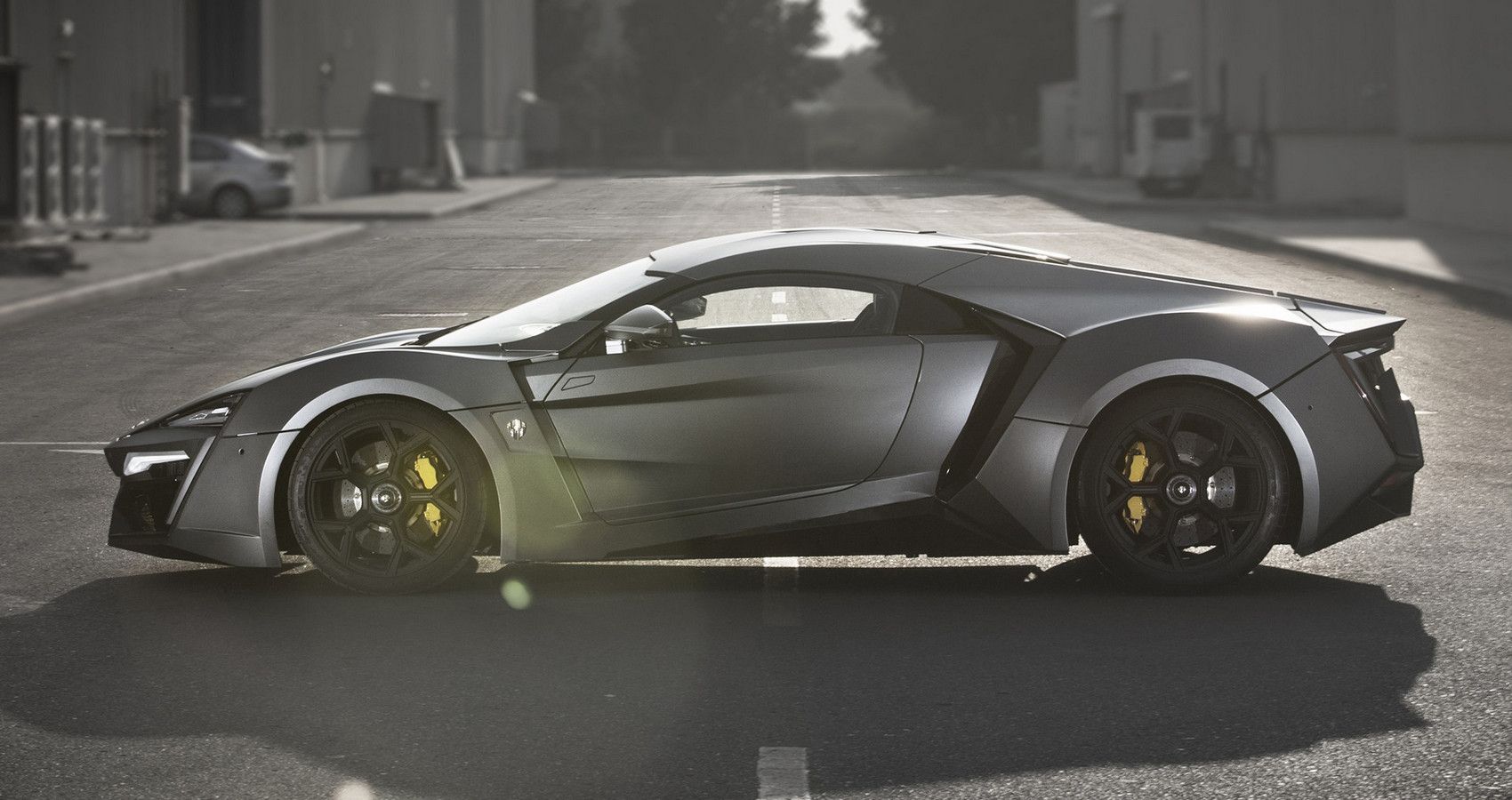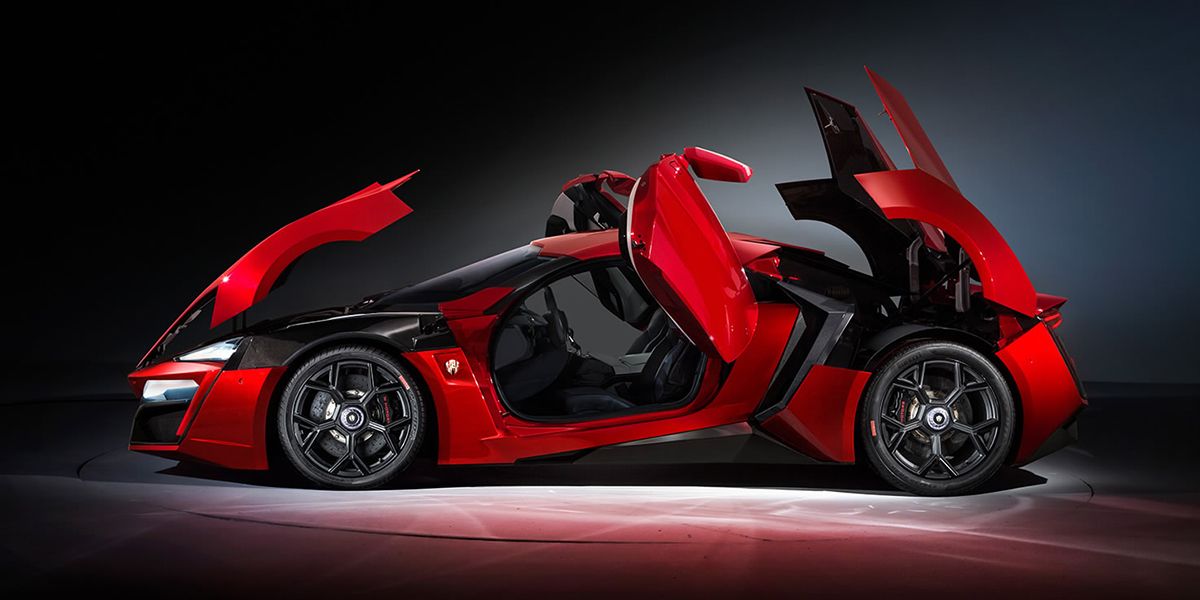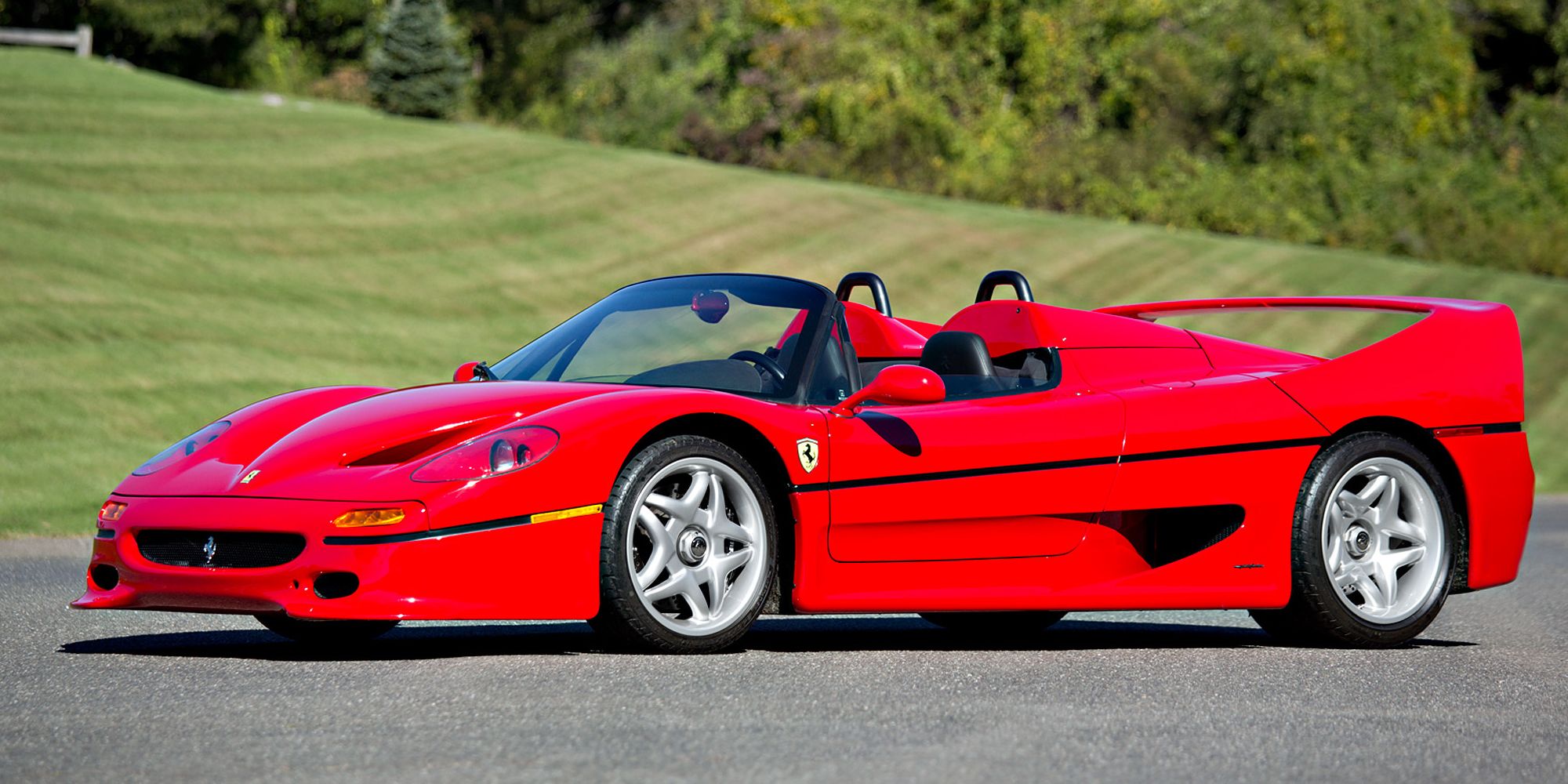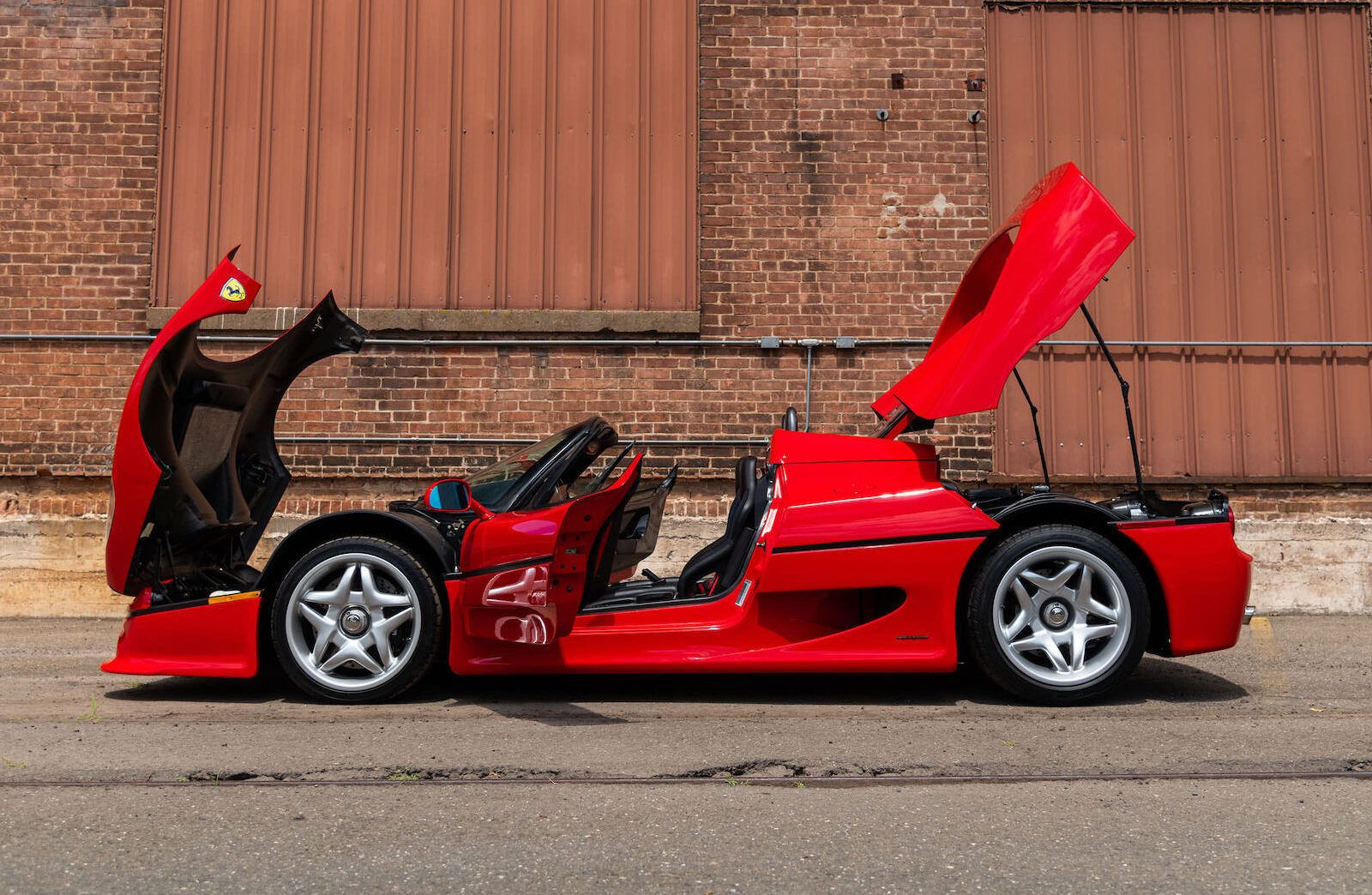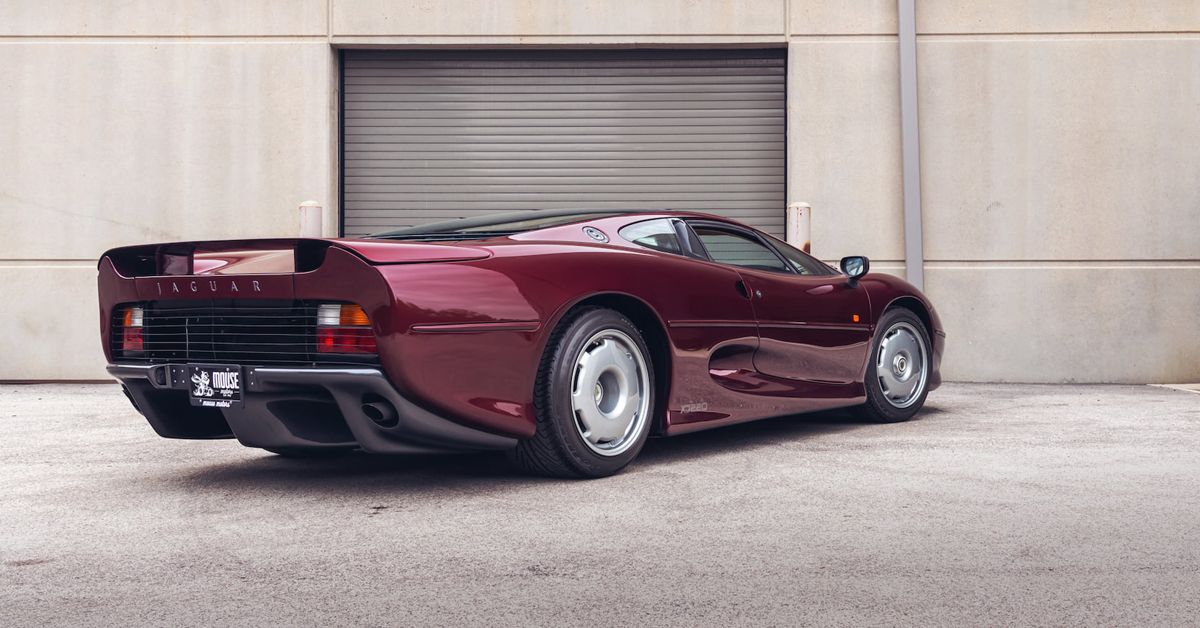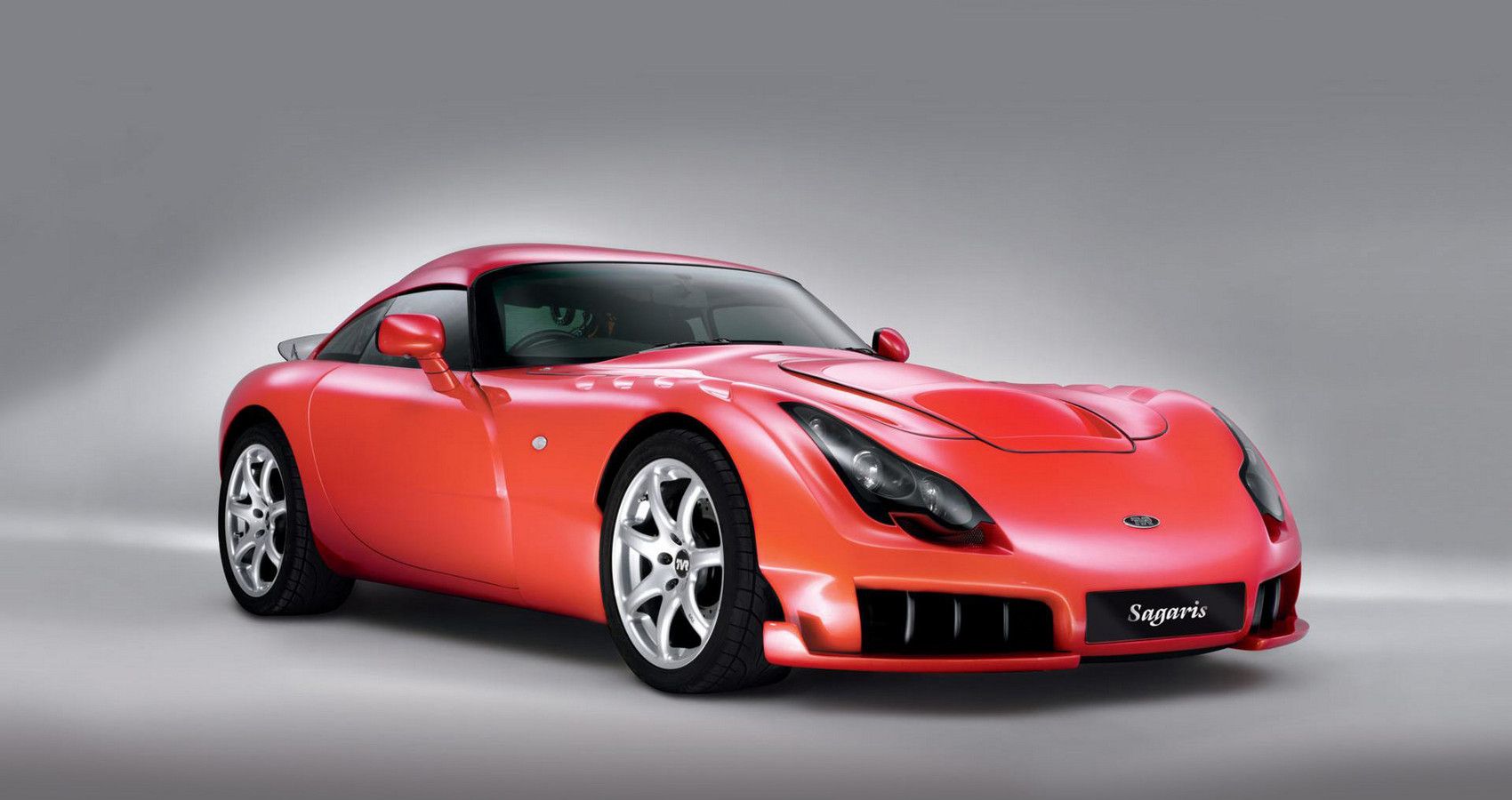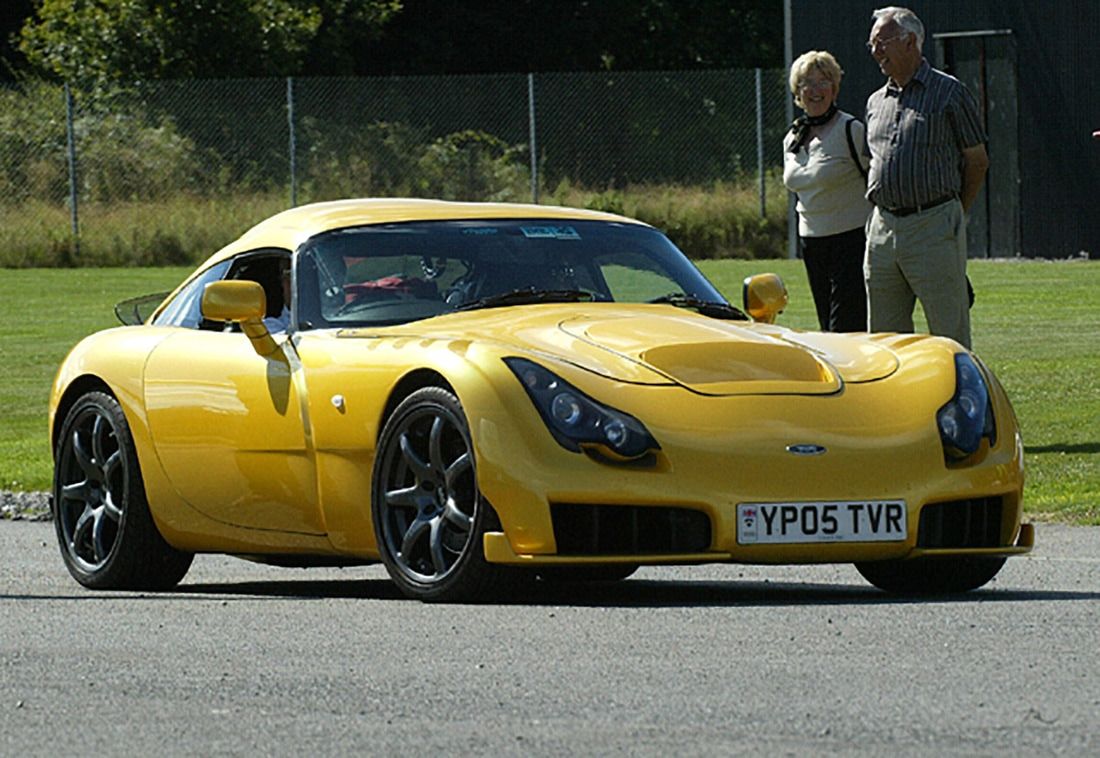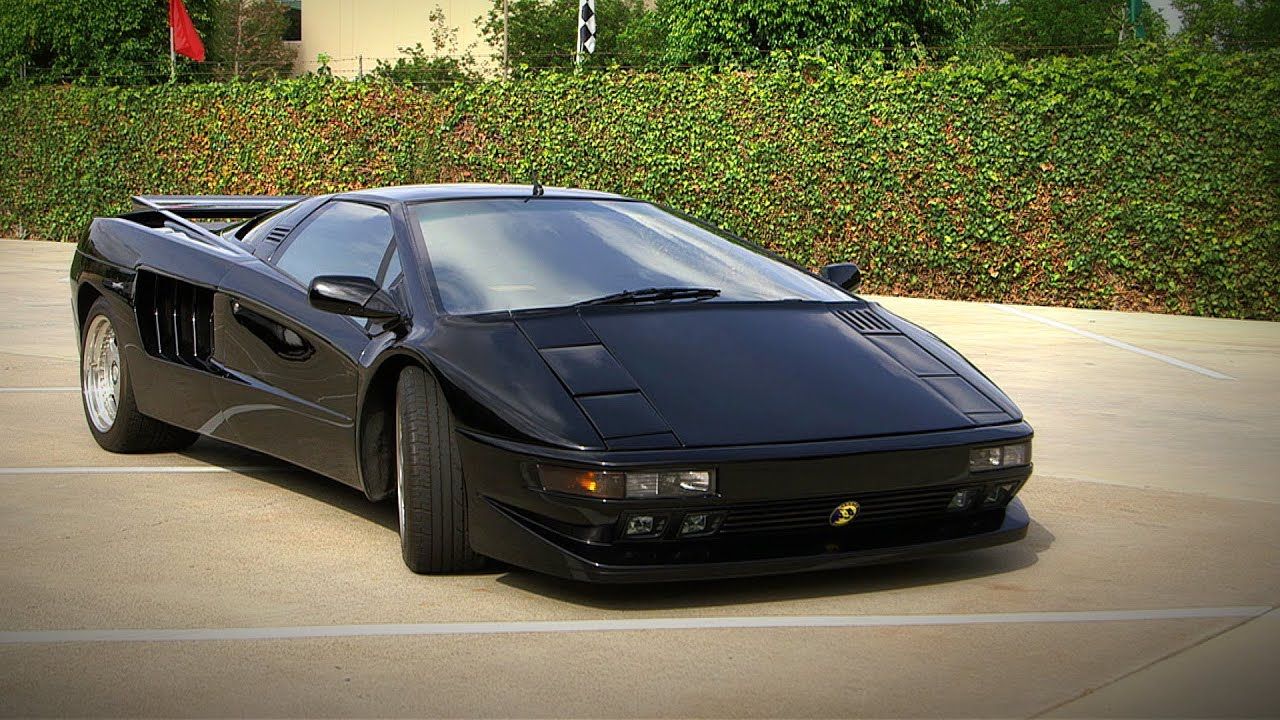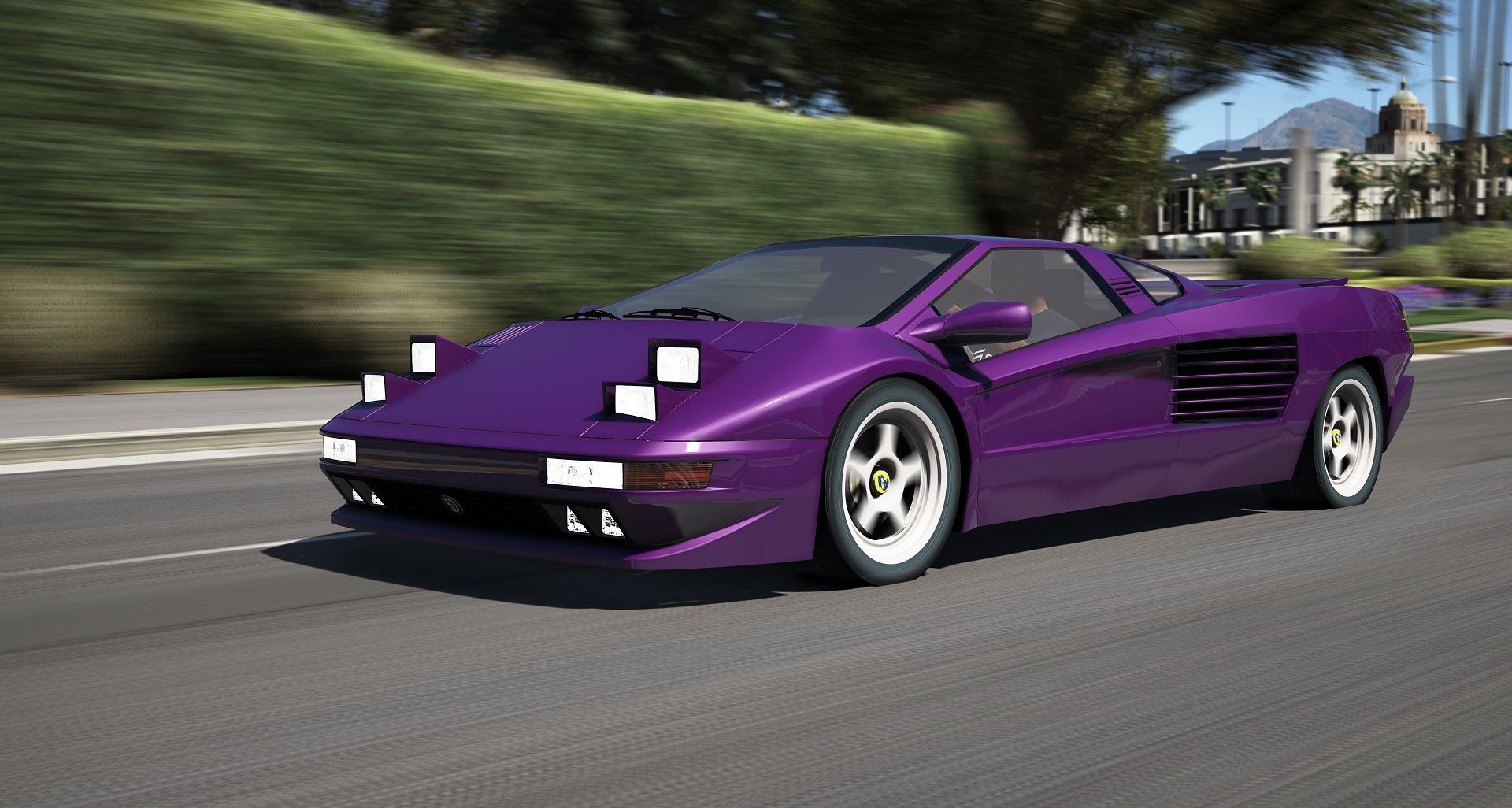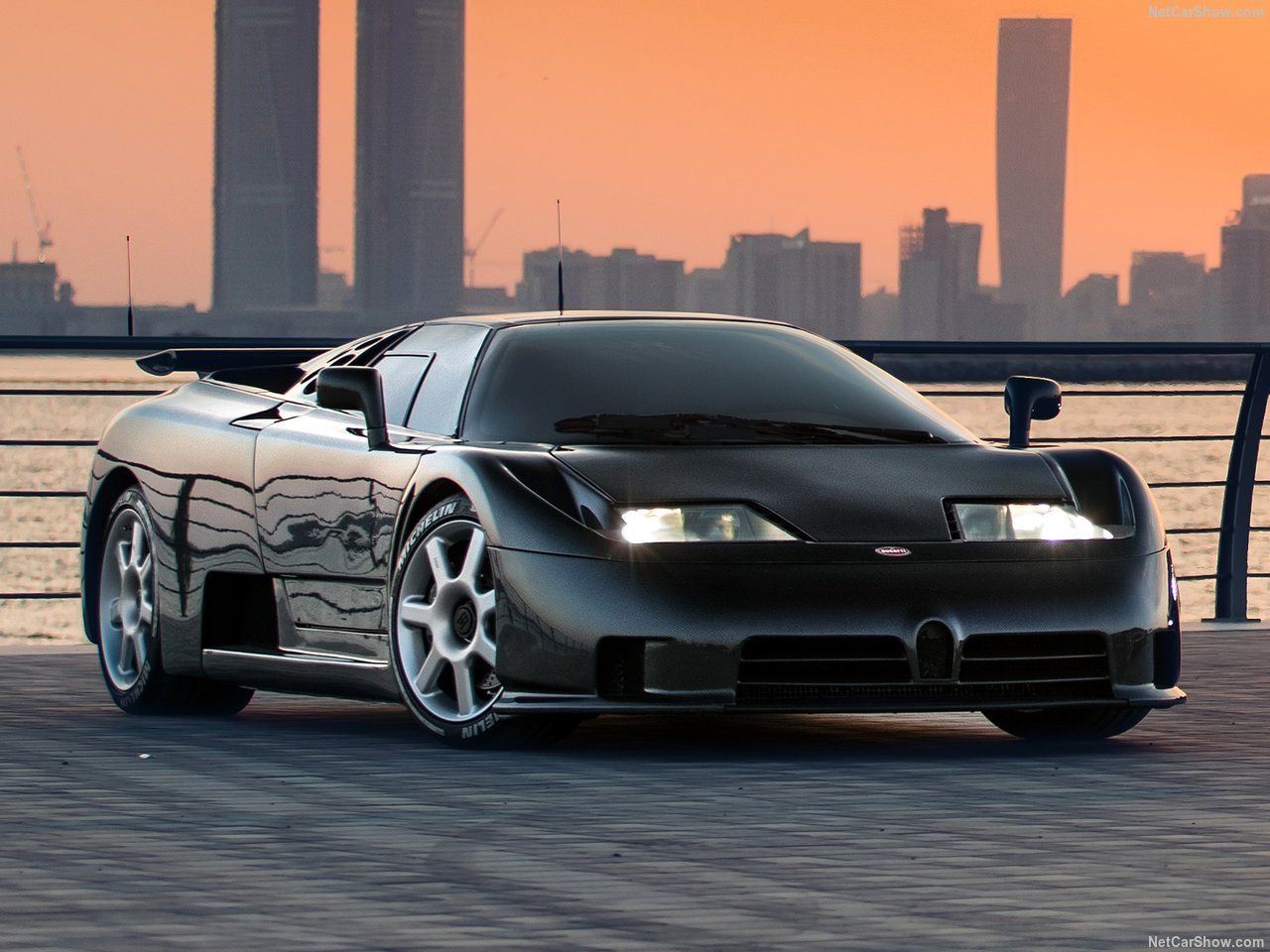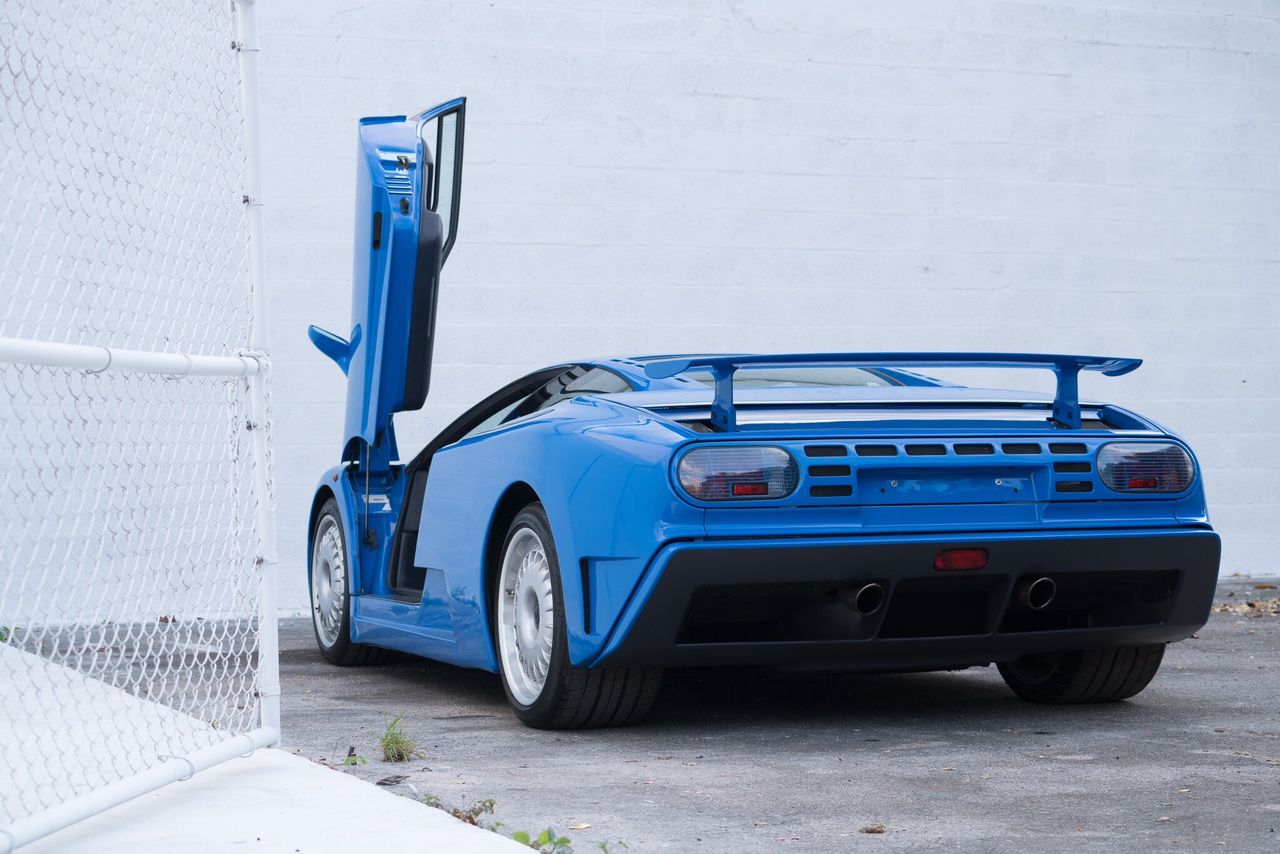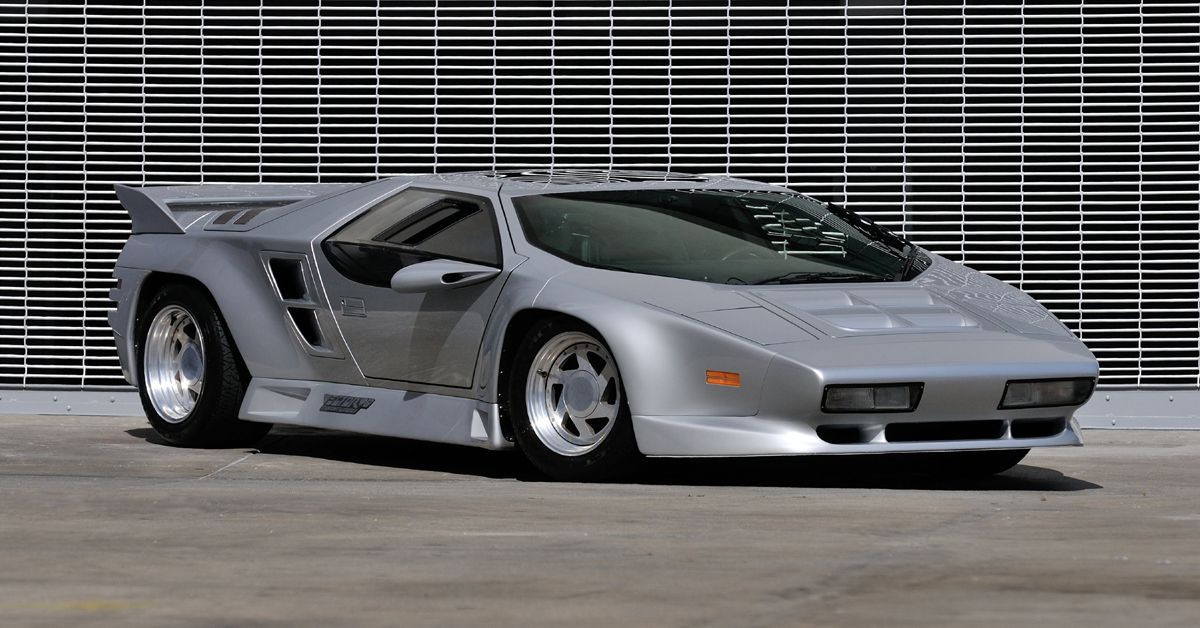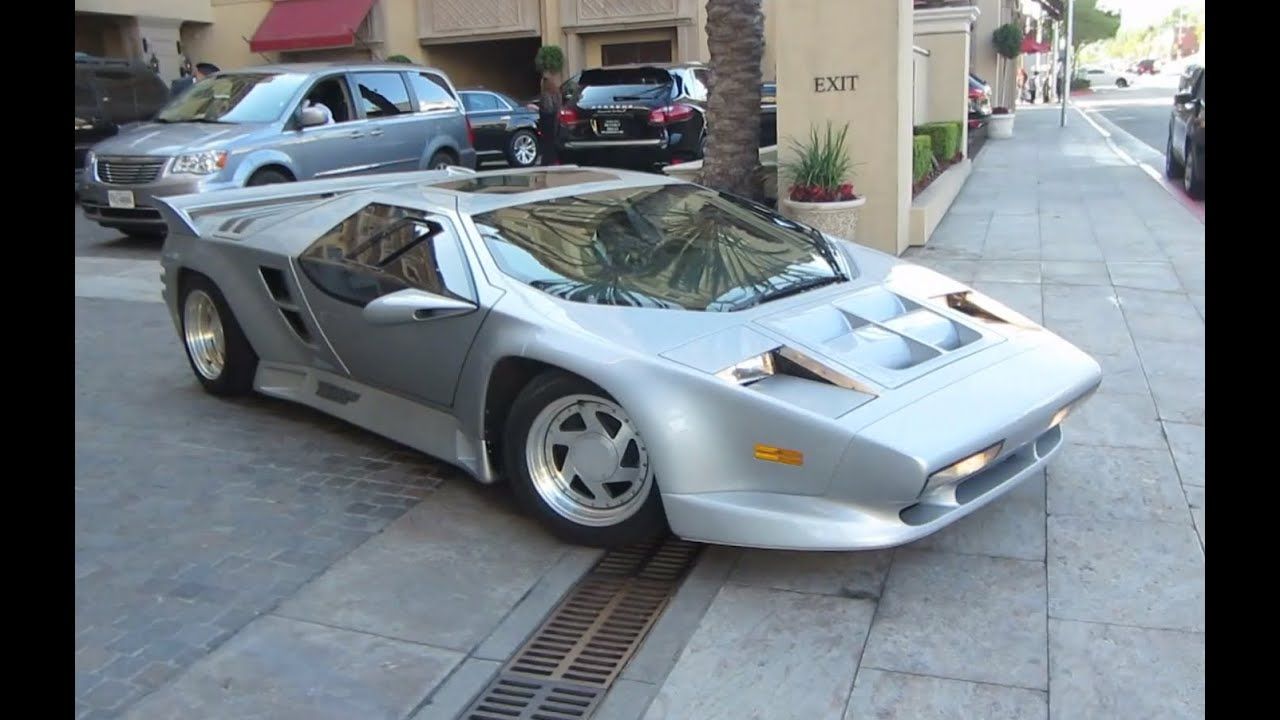For as long as we have had cars around, there has always been that model that never lived up to the hype and expectations. Flops in the automobile industry are not limited to just one class of cars. We can find trucks, SUVs, sedans, and muscle cars that flopped badly, and performance cars are not left out of the mix.
There is bound to be a disappointing car in every segment, but the matter is more amplified when it comes to performance cars; when they fail, they do so spectacularly. This is not too surprising when you consider the amount of detailing and funds that go into the production of supercars. For this list, we'll be looking at some gorgeous performance cars that didn't live up to expectations. Going down for various reasons, they often took their manufacturers along. It should be noted that not all of these flops were bad cars - some were just too costly for what they offered, some arrived too late, and others too early. But whatever the reason was, the bottom line is that they failed to measure up. So these are 10 of the most beautiful performance cars that flunked miserably.
10 Lamborghini Jalpa
Introduced together with the Lamborghini LM001 concept vehicle at the 1981 Geneva Motor Show, the Jalpa is one of Lamborghini's less-known nameplates. A 3.5-liter V8 paired with a 5-speed synchromesh manual to power the rear wheels with 255 hp or 250 hp for US-spec vehicles.
Affordable, easy-to-drive, and capable of hitting 60 mph in 5.8 seconds and a top speed of 155 mph, the Jalpa was billed to become a success in the making. However, the outrageous obsession of car enthusiasts with the flagship V12-powered Countach drove the Lamborghini Jalpa into the shadows.
9 BMW M1
Produced by BMW between 1978 and 1981, the BMW M1 was the first car solely developed by the BMW motorsport division. Created with racing in mind, the wedge-shaped M1 was powered by a 3.5-liter I-6 that generated 273 hp and 243 lb-ft of torque.
With production suffering a significant setback due to Lamborghini's financial woes, the M1 that arrived after the racing series for which it was built was restructured. Left without a real purpose, only 453 units were built before BMW pulled the plug after three years.
8 Lexus LFA
Revealed in 2009 at the Tokyo Motor Show, the Lexus LFA is a Japanese sports car with the best soundtrack you can find anywhere. The 2-seater luxury performance sports car is powered by a 4.8-liter V10 power plant churning out peak power of 552 hp, and the LFA could hit a top speed of 203 mph.
In a bid to create a supercar that would give Ferrari and Lamborghini a run for their money, Lexus spent ten years developing the LFA. The result was an underpowered and overpriced car compared to its rivals. After spending so much time and money on the project, the word around town is that Lexus lost about half a million dollars on each LFA.
7 Lykan HyperSport
Debuting at the 2013 Qatar Motor Show, the Lykan HyperSport, built by W Motors, was touted as the first middle eastern hypercar. Priced at $3.4 million, production of the bejeweled car was limited to just seven units, including the one sold to the Abu Dhabi police.
A question mark hovers around the manufacturer's claimed power output and performance numbers which have neither been independently tested nor confirmed from a video recording. With the test vehicle sporting an engine that heated very quickly, no one got the chance to push it to the limits.
6 Ferrari F50
A special model that was introduced in 1995, the Ferrari F50, was built to mark the 50th anniversary of Ferrari. Sitting at the rear mid position, a 4.7-liter V12 engine sends 512 hp to the rear wheels through a 6-speed manual transmission.
Despite the F50's solid credentials, it failed to live up to the legacy left by its predecessor - the iconic Ferrari F40. Hated for several minor flaws, it wasn't a worthy successor to the F40 and ended up being discontinued after only 349 units.
5 Jaguar XJ220
When it was unveiled in 1988 at the British International Motor Show, the original XJ220 concept car was received positively by the public. With a name that paid tribute to the legendary XK120 of 1948, the XJ220 was powered by a 6.2-liter V12 and targeted a top speed of 220 mph.
Released four years later, the production version had a twin-turbo V6 powering the rear wheels in contrast to the promised four-wheel-drive. Disappointed by the changes to the specification, a significant number of prospective buyers canceled their purchase options, and Jaguar ended up producing only 275 units.
4 TVR Sagaris
Following its debut in 2003, the pre-production model of the TVR Sagaris was unveiled in 2004 at the Birmingham Motor Show. Displacing 4 liters to generate 206 hp and 349 lb-ft of torque, an inline-6 engine was able to give the Sagaris a top speed of 185 mph.
Despite the impressive performance and stunning good looks, it was banned in America for lack of compliance with safety rules. The TVR Sagaris was of higher quality than other TVR models; however, a run of 200 units for the European market couldn't save the company, which went into administration in 2006.
3 Cizeta-Moroder V16T
Developed by the same crew who created the original Lamborghini Countach, the Cizeta-Moroder V16T, as the name implies, is 16 cylinders of pure Italian passion. A lifelong ambition of Claudio Zampolli was to have his name on his own supercar, and the V16T was more about making a dream come true.
Big and heavy, it was motivated by 540 horses to a top speed of 204 mph and a 0-60 time of 4.2 seconds. With an estimated eye-watering MSRP of $300,000 in 1991, it is not surprising that only 14 examples (including the prototype) have ever been built.
2 Bugatti EB110
The mid-engine Bugatti EB110, a brainchild of Romano Artioli, was unveiled in 1991 to mark Ettore Bugatti's 110th birthday and produced until 1995. The Bugatti EB110 was one of the most technologically advanced cars of its time, and a quad-turbo V12 power plant took it to 60 mph in 3.14 seconds.
Even when the EB110 was a supercar with exceptional capabilities, it failed to generate enough revenue to rescue the company from the financial woes that plagued it. Unfortunately, Bugatti went bankrupt in 1995, and the EB110 was discontinued after only 139 units.
1 Vector W8
The Vector W8, an improved variant of the W2 prototype, is a 2-door coupe designed by Gerald Wiegert with inspiration from the forgotten Alfa Romeo Carabo. Arriving in 1980, the first running prototype was powered by a 650 hp twin-turbo V8, had jaw-dropping styling, and held a lot of promise.
One of such promises was that the production version would arrive the following year with a price tag of $125,000. When the customer Vector finally arrived nearly nine years later, it was priced much higher than promised, and production ended in 1993 after a run of 22 units.

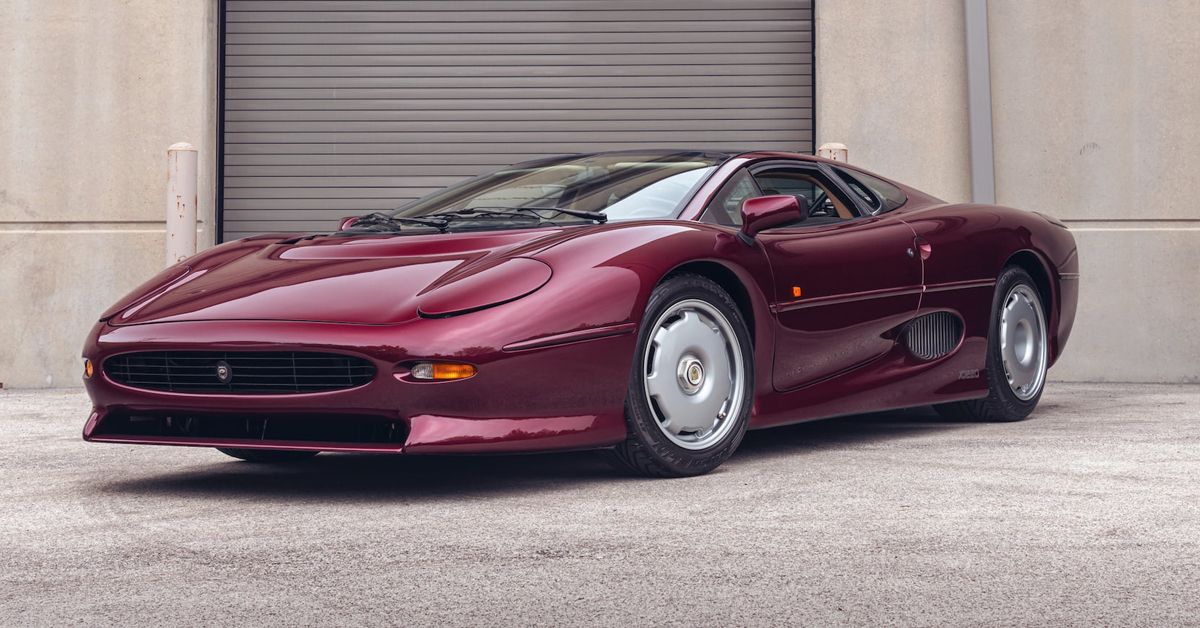
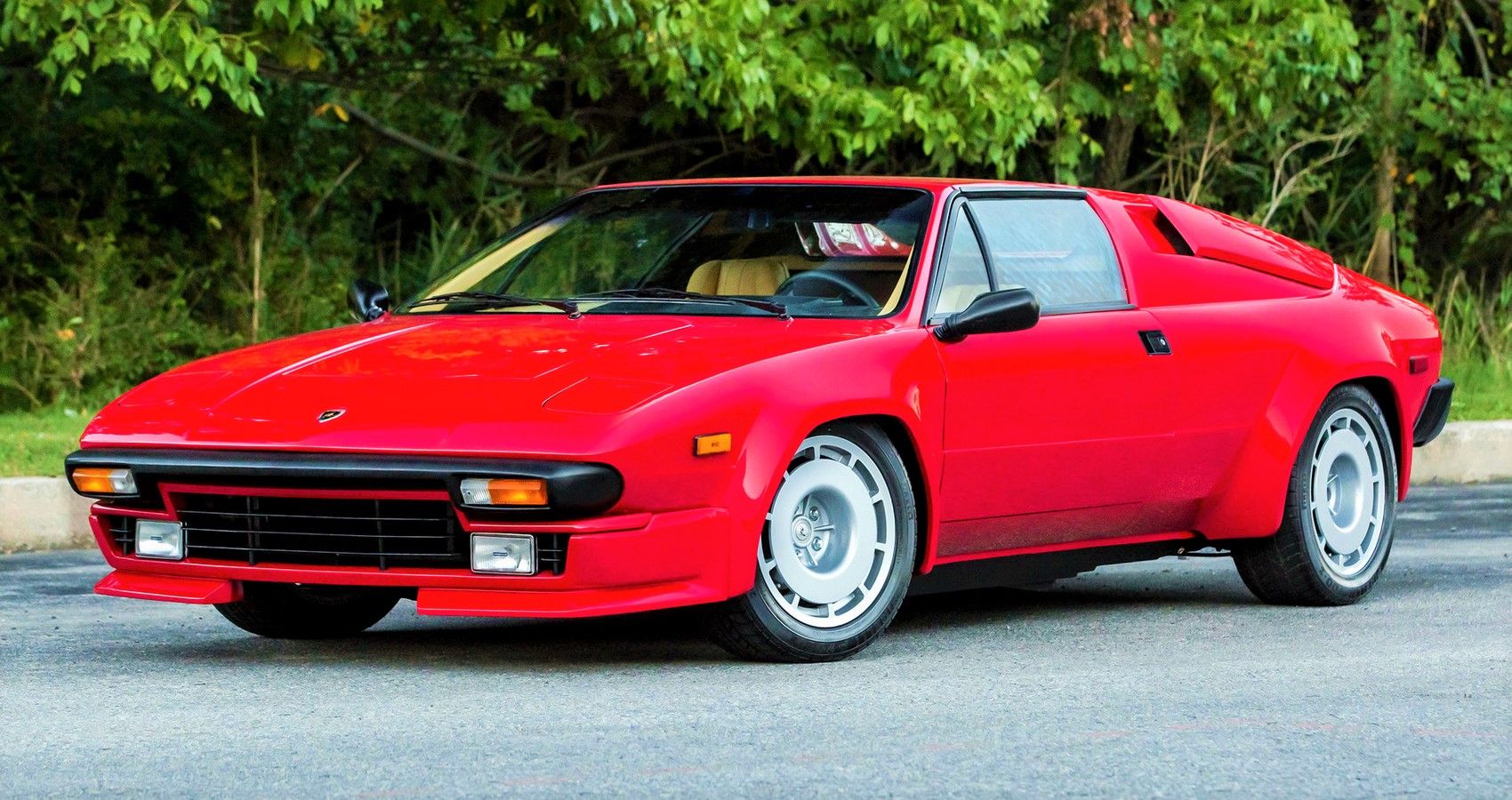
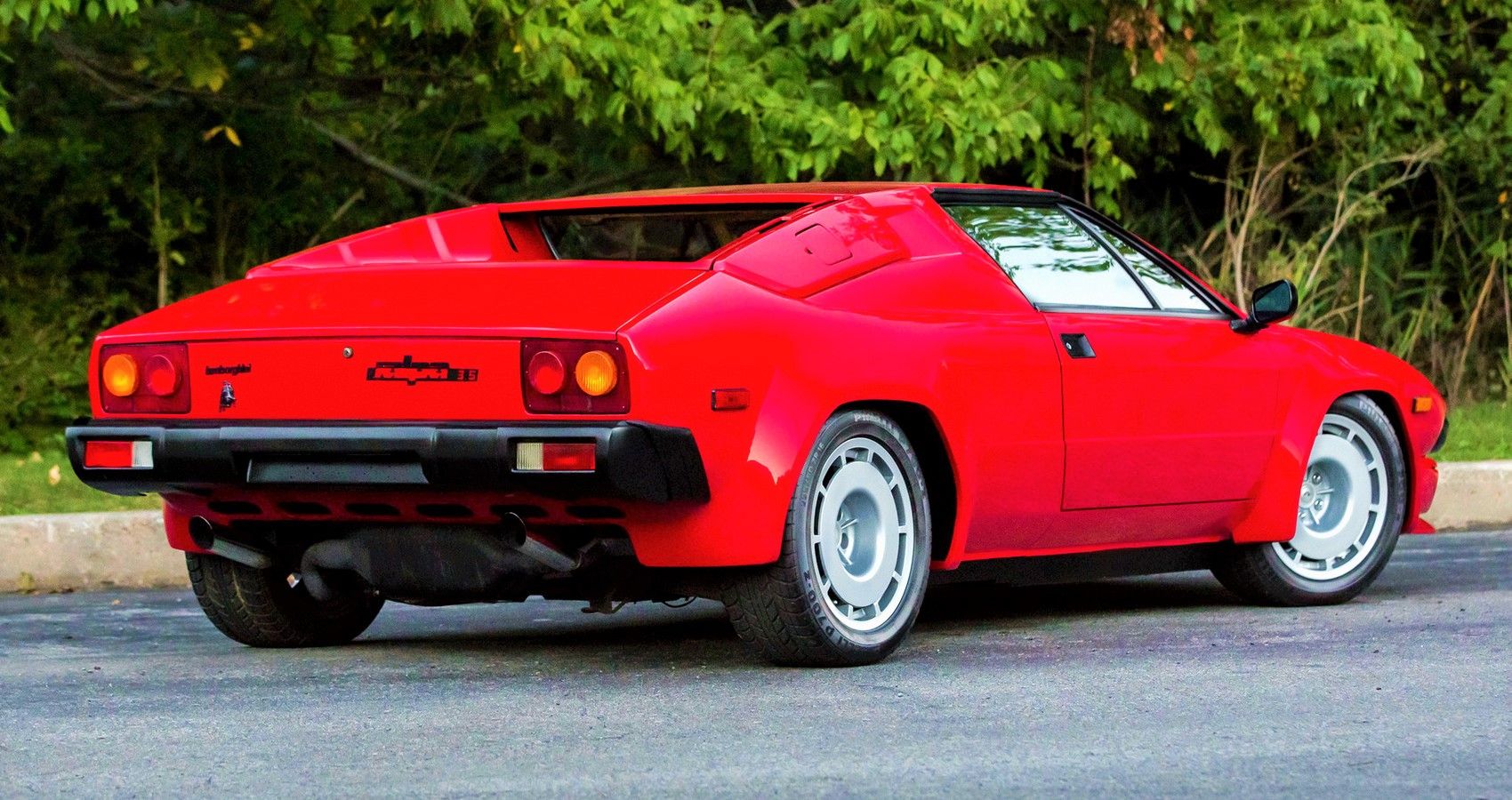
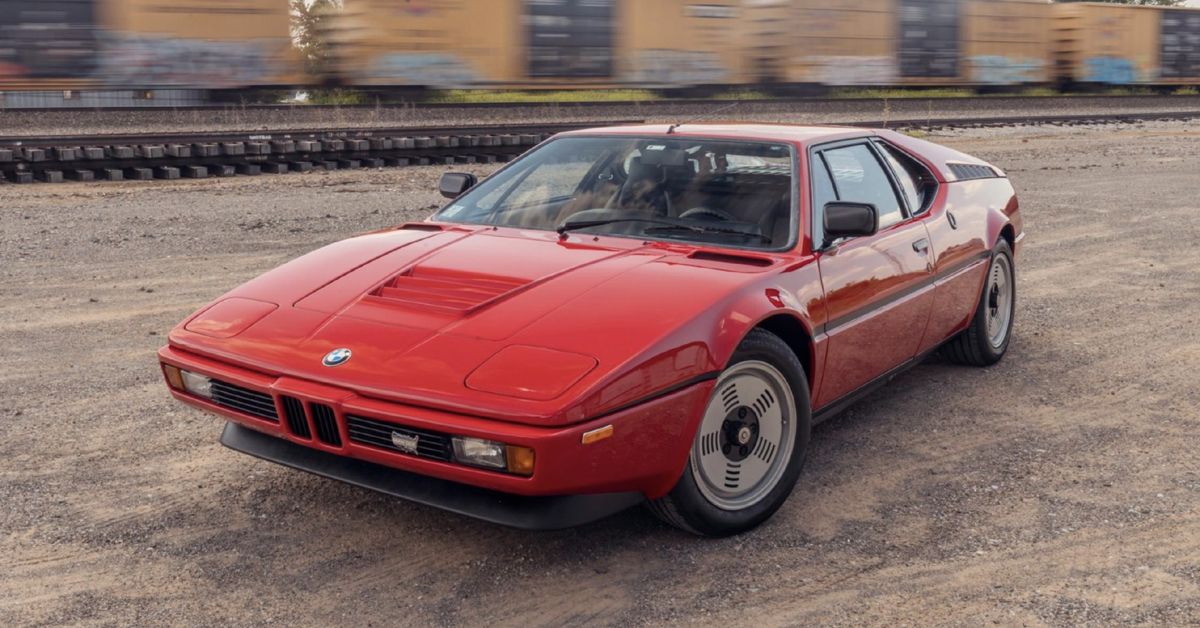
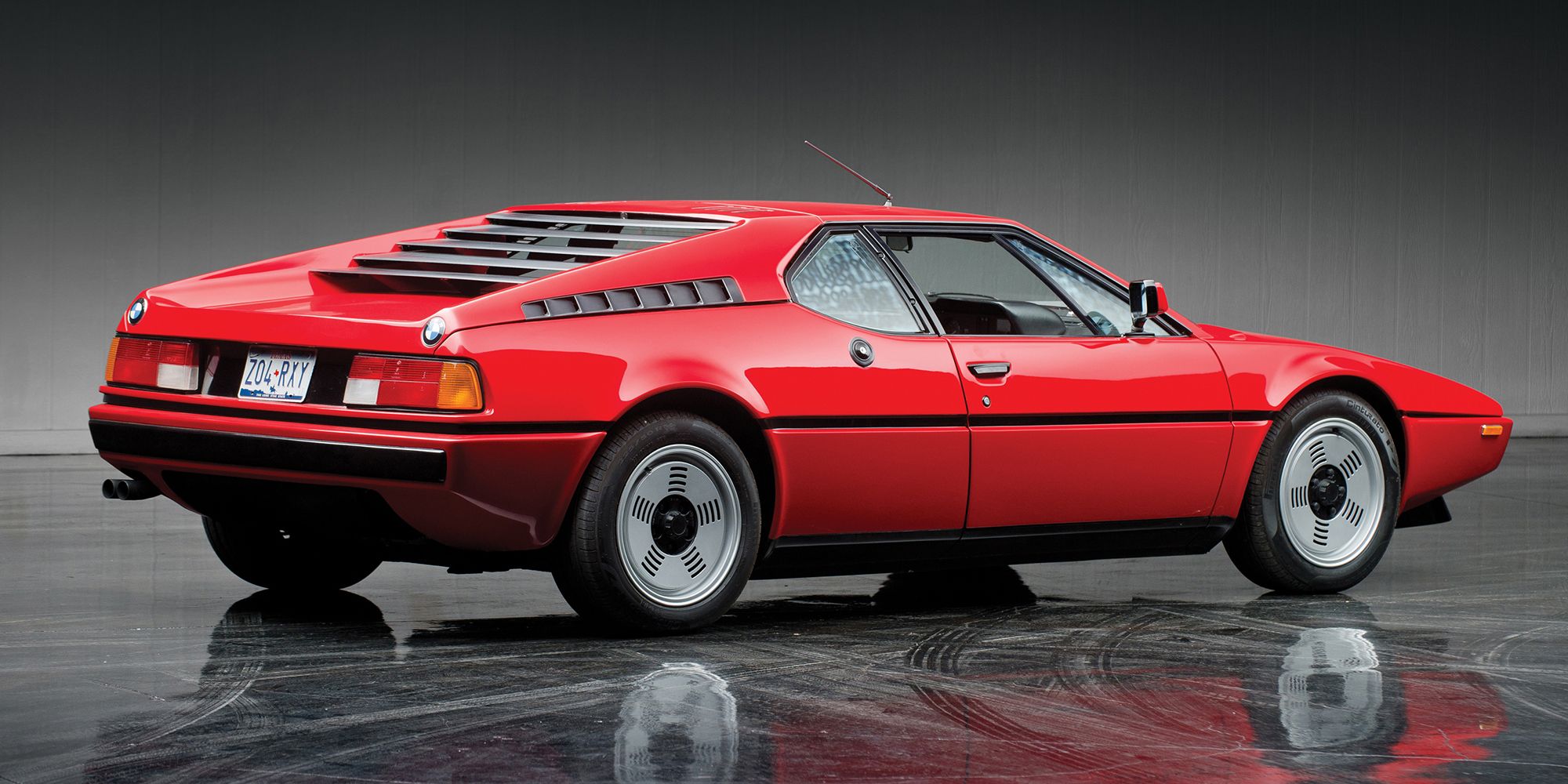
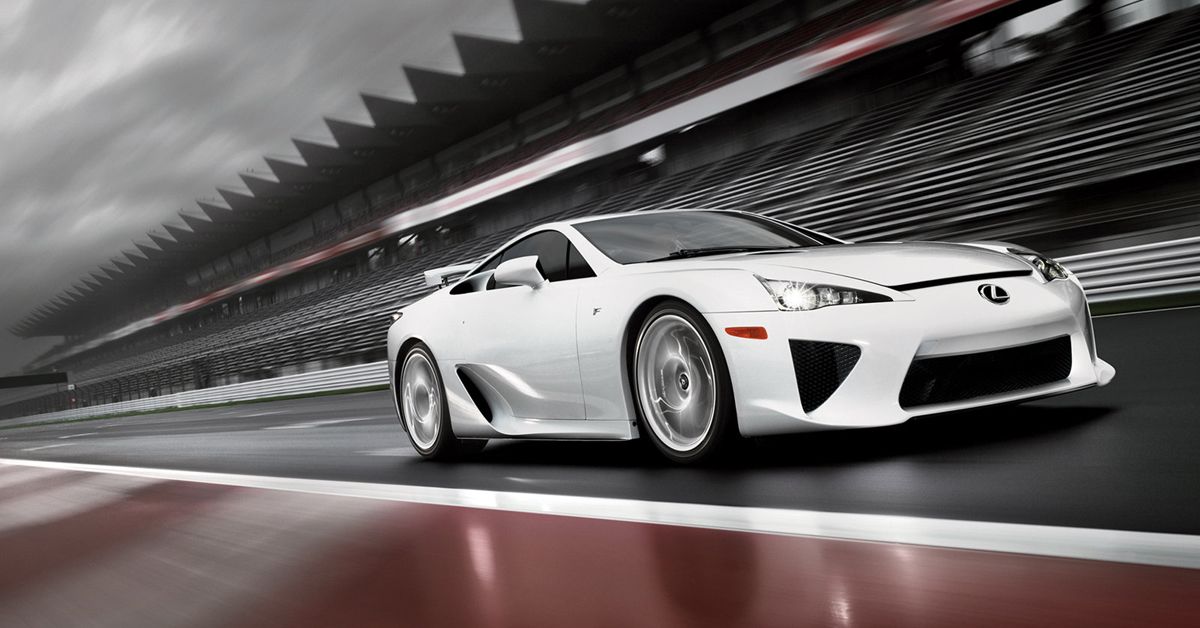
.jpg)
